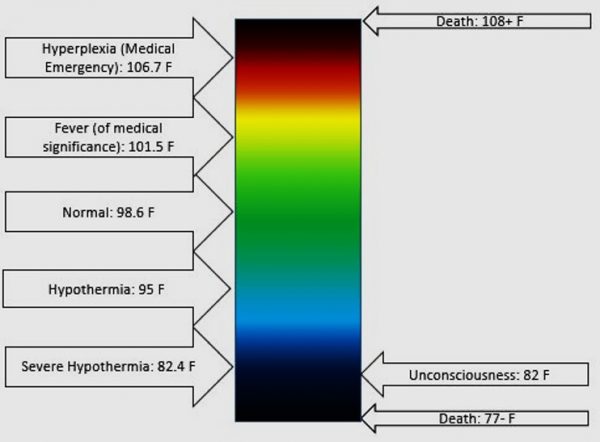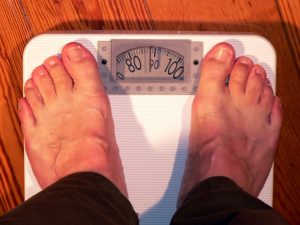
Impact of Hypothermia
It is winter time and some parts of the world facing brutal cold conditions with wind chill warning. When a person exposed to extremely cold temperatures, it can result in health issues. Normal body temperatures of human is 37C which is 98.6 F. When the temperature of our body drops below 35C or 95 F it is dangerous and the condition is called Hypothermia.
What leads to hypothermia
- Exposure to extreme cold temperatures
- Improper clothing in cold weather
- Wetness in cold
- Poor food intake during cold weather
- No proper heat sources
Symptoms of hypothermia
Mild hypothermia: Slight shivering begins ( 99-97F), goose bumps, numbing of hands and feet, cold sensation and goose bumps (97-95F)
Moderate hypothermia :Cold and pale skin, Slurred speech, Fast breathing, Confusion, Shivering of body, Tiredness, Irritational behavior, amnesia, unable to use hands, signs of depression, slow movement or (95 -90 F)
Severe Hypothermia: Dilation of pupils, pulse rate decrease, muscle rigidity, unable to walk and talk pulmonary edema, heart and respiratory function abnormality < 90F
When breathing becomes erratic and shallow, blue skin, cardiac arrhythmias develops and person becomes unconscious leading to death. When body temperature reaches below 78 F death can happen.
Frostnip : It is freezing of top layers of skin tissue and generally reversible. During frostnip one will feel tingling sensation on cheeks, earlobes, fingers and toes. Skin looks white and waxy.
Frostbite : Feeling of numbness and injury to the body parts that are exposed to prolonged extreme low temperatures is frostbite. Fingers, toes, nose, ears and chin and the body parts that are exposed to extreme cold feel “wooden” and freeze. This results in freezing of muscle and bone. It is a potentially serious condition that affects the skin.
Treatment for hypothermia:
Basic principles of rewarming a hypothermia person to conserve the body heat and generate the body heat should be followed.
- To reduce heat loss: Use dry cloths, increase physical activity, use additional jackets, blankets, Getting into heated shelter
- Keep the person adequately fueled and hydrated: Give carbohydrates that quickly releases to blood stream. Giving proteins and fatty foods helps as both give off heat longer period.
- Hot liquid – Soup with sugar, hot foods, warm sugar water helps as the blood stream absorbs the calories and helps the person to rewarm themselves.
What to avoid? Alcohol, caffeine, tobacco substances. Alcohol increases peripheral heat loss, caffeine is diuretic and increases dehydration, tobacco increases risk of frostbite because it is a vasoconstrictor.
- Extra heat: Take the person near fire or other external heat source. Give body contact like snuggling
- Hot water bottles, compresses, comforts, warm rocks, heat packs and in severe condition rescue breathing increases oxygen and develops internal heat.
- For frostnip: Rewarm body gently and blow warm air. Move the person near heat ventilator and help to get back normal body heat. Do not rub the area as it can damage the cells.
- For frostbite: Keep the affected body part elevated, move to warm area and do not walk in frostbitten toes/feet. Wearing dry cloth, drinking nonalcoholic fluid helps. If there are no chance of refreezing, immerse the affected areas in warm water to recover.
For injuries due to hypothermia:
- Applying Aloe vera cream every 4 hours helps.
- Give anti-inflammatory OTC medication to decrease swelling.
- Water therapy helps to remove the dead tissue.
If the person is not showing signs of recovery with any treatment, contact emergency and take the person to hospital.
If you are traveling in cold weather or planning a trip take necessary precautions.
References:
- https://www.nhs.uk/
- https://www.aafp.org
- https://www.emedicinehealth.com
Image credit: https://commons.wikimedia.org/wiki/File:Human_Body_Temperature_Scale.jpg
Attribution: Foxtrot620 / CC BY-SA (https://creativecommons.org/licenses/by-sa/4.0)
Author: Sumana Rao | Posted on: January 1, 2021
« Biking Tips for New Riders How to take care of elderly people who are suffering from depression? »




















Write a comment